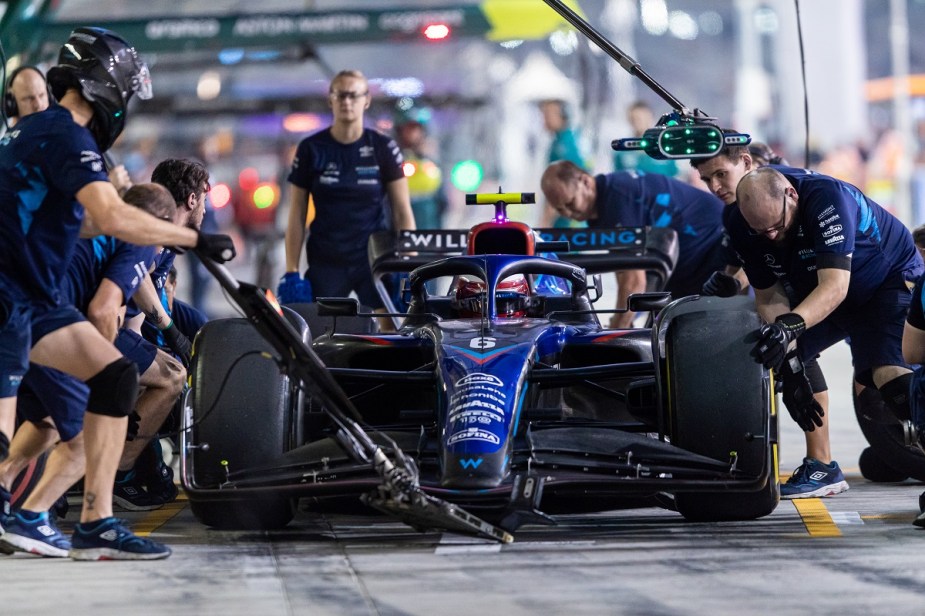
Get to Know the Fascinating World of F1 Racing
With over 70 years of history, Formula 1 racing is the pinnacle of motorsport. Formula 1 is the most viewed motorsport in the world and is the seventh most viewed sport. A single-seater, open-wheeled race car with the most secretive, cutting-edge technology gets piloted by the world’s best drivers. For a regular F1 season, there are roughly 20 Grand Prix in 20 countries worldwide. The races are always sold out, with tickets costing thousands of dollars. But the best way to watch it is right at home.
Why is it called Formula 1?

For all the different racing series, there is a code to the name they use. Some are more obvious, like WRC for World Rally Cross. Formula 1 may seem complicated, but the truth is that it refers to the set of rules all of the participants’ cars need to follow. There are over 30 different Formula racing series, but there are seven main ones to pay attention to. Formula 1 was created to revive Grand Prix racing after the end of World War II. A governing body known as the Federation Internationale de l’Automobile’s Commission Sportive Internationale, or FIA as it is referred to, is responsible for setting the rules and regulations of the sport. These rules and regulations change each year better to suit the racing and development of the cars.
Other types of formula racing

The other Formula races are Formula E, Formula 2, Formula 3, Formula Regional, Formula 4, and then the IndyCar Series. The FIA created formula E in 2012 for an inaugural season in 2014. The cars used in this series serve as a research and development platform for electric vehicles. Formula 2 and Formula 3 are a rebranding of the GP2 and GP3 series that are stepping stones into Formula 1. Finally, formula Regional and Formula 4 continue the stepping stone categories below the other championships. IndyCar is the premier of formula racing in North America, with a history dating back to 1905.
How fast do F1 cars go?

With F1 being the pinnacle of motorsport development, the cars are blisteringly fast. They can accelerate from 0-60 miles per hour in roughly 2.6 seconds. While it may not seem groundbreaking, the actual speed comes from their incredible aerodynamic capability. At speeds of 100 MPH, Formula 1 cars typically generate 1,650 pounds of downforce. These forces multiply to create roughly 4,000 pounds at 200 MPH, gluing the car to the track. Where an F1 car truly shines is in its cornering speeds. However, the fastest speed measured during an F1 race is 231.4 MPH by Valtteri Bottas in 2016 at the Mexican Grand Prix. Formula 1 cars focus on being fast over an entire lap, so their main focus is on cornering speeds, but their straight-line speed is still eye-watering.
Why is F1 so famous?
F1 is famous because it is the top development and driving for any motorsport. The battles that ensue during races and the technical ability of the teams and drivers are a spectacle. Coupling the excitement with the rich history of 70 years of racing, it is something that anyone around the world can view and enjoy. In addition, there are many offshoots from the sport, following drivers, watching historic races, and other series to follow that lead into F1. All of these reasons, along with the worldwide reach, make Formula 1 the most popular motorsport in the world.


